| marc7 travels |
|
This blog is in no way a political blog and, to be frank about it, I was never a fan of the Presidentiable who goes by the same family name. BUT I have known of a place in the Visayas where hair-raising supernatural stories once abound. This folklore was so popular that the local government once celebrated a festival that honored these Philippine monsters. Maligayang Pagdating sa Syudad ng Roxas! Landing around a little before 8am, I arrived in Roxas City at a time that the city was just about getting warmed up for the day. It was pretty obvious, from the tricycle driver who brought me to the city center, that the place is not a spot that most travellers or tourists frequent as he was not aware of any breakfast place that was ready to accept guests at that time. Roxas City is Panay’s center for education, commerce, and trade. It was once known as Capiz until it became a chartered city and adopted the name Roxas City, in honor of the first Philippine President of the Third Republic, Manuel Roxas, who is a native of the city. The city became popular because of Philippine folklore that told of stories of gruesome supernatural beings. These stories were so popular that the local officials celebrated it with a short-lived “Aswang Festival”. Today, Roxas City is the gateway to Panay’s beautiful tourist spots and is recognized as the “Seafood Capital of the Philippines” because of its rich marine resources. I had a couple of hours to spend in Roxas City enroute to Kalibo, I decided to go around Roxas City before heading off to the intoxicating drum beats of the Ati-Atihan. Manuel Roxas Birthplace Right at the heart of the city stands a statue that honors Roxas City’s famous son, Manuel Roxas. The person, to whom the city was named after, served as one of the country’s president. Three blocks down Rizal Street sits the Manuel Acuna Roxas Shrine. The quaint bahay-na-bato house is the birthplace of the former Philippine President. Since I came in a little too early, I was not able to explore the interiors of the house. Halaran Plaza / Roxas City Band Stand Heading back to the city center, one would notice a grandstand that has served as a mute witness to Capiz’s history and a lot of politically charged meetings. The bandstand was built in 1920’s by the first Filipino principal of the province, Jose Roldan. What makes the bandstand unique apart from its age is that it was designed to survive earthquakes. Roxas City Bridge The Halaran Plaza sits along the Panay River and it offers a commanding view of the river. It is also a good vantage point to view the Roxas City Bridge, once referred to as the Old Capiz Bridge. The century-old bridge was built in 1910 to connect the town center to its business district. The bridge is a thing of beauty and what I heard was that it can be reaaly romantic to stroll by the bridge during evenings. Roxas City Fountain Just right before the entrance of the Roxas City Bridge is the Roxas City Fountain. It is a fountain that forms part of the cultural and historical district of Roxas City. The fountain was built in 1925 and it serves as the Kilometer Zero or the reference point to determine distances in the region. The original fountain was destroyed in World War 2 and it was restored soon after. The Roxas City Fountain was also a focal point for political differences decades after its restoration. It was in 2007 when the fountain was reinvented from its original eight sculptured fishes to four kneeling male figures. The projected costed millions of pesos to redesign, only to be refurbished to its original structure three years later. At present, the Roxas City Fountain remains an icon of the city’s rich and colourful heritage. Capiz Provincial Capitol Just a few meters away from the plaza and the fountain stands a mighty structure that serves as the seat of power of the province of Capiz. It is one of the well-preserved heritage structures in the city and is also within the historical district of the city. The neoclassical architecture of the building was the brainchild of Architect William Parsons, the man behind the design of the Manila Hotel. The Capiz Provincial Capitol was completed in 1915. Just right across the building is a statue honouring the Philippine National Hero, Jose Rizal. Roxas Cathedral (Immaculate Conception Metropolitan Cathedral) The church stands as the centrepiece of Roxas City’s heritage district. The church was founded in 1707 and it is one of the oldest churches in Panay Island. The current structure was first built in 1876 and was reconstructed in 1954. The church stands with its simple façade majestically overlooking the Panay River. Its simple hues of cream and blue stands out in the busy atmosphere of the city. The adjacent bell tower stands like a sentinel that guards the city as it juts out the skyline of the city. The simple façade of the church is a stark contrast to the intricate beauty of its interior. It is highlighted by a two-tierred retablo that honors its patron, the Immaculate Conception. Roxas City Hall Tucked neatly beside the Roxas Cathedral, the Roxas City Hall is a complete contrast to the old structures of the district. It stands out with its modern look. The City Hall serves as the seat of power of the city as this is where the City Mayor holds office. It is also where most government offices are located. Panubli-on Museum Just right across the street from the City Hall is a white-washed structure that houses the cultural treasures of the city and the region. The Panubli-on Museum is a good example of an effective reuse of an old architectural structure. The structure once served as a water tank for the city after it was constructed in 1910. As the decades went by and a more effective water system was introduced, the water tank became a mere structure until it was refurbished to house the cultural and historical artifacts. The museum houses the memorabilia’s of the famous sons and daughters of the city and the province. Interestingly, a number of these individuals are famous for their contributions in the arts. Of course, it also showcases the stories of its local heroes and, of course, former President Manuel Roxas. The museum also highlights the colourful cultures and traditions that you will find in the region. One particular section featured the 10 Epics of Panay as researched and discovered by Dr. Alicia Magos. The research took years for her to assemble. As explained by John Wee, one of the museum personnel, these epics were recorded from the stories as told by the locals of Panay as these were verbal narratives. As if on cue, I asked a question that was hounding me from the time that I stepped foot in Roxas City – are there truths to the stories of “aswangs” and how did these stories propagate? He said that the stories of the existence of these mythical creatures were propagated by the Spanish Friars who despised the “Babaylans” or local priestess. Stories were told that these priests dismembered a dead body and scattered it around town and blamed the local priestess of the act, claiming that the priestess were witches who ate human flesh. That probably started the local folklore on these beings which John said was used by their parents to make sure that they come home early. Roxas City Public Cemetery On our way to Pan-ay aboard a tricycle, we happened to pass by the cemetery of the city. It caught my attention earlier, as we were making our final approach to the airport, after I caught a glimpse of its Camposanto. I did not let the chance pass up so when we returned from our side trip, I requested that we make a short stopover at the public cemetery, much to the surprise of our tricycle driver. The Camposanto was already visible from the road and when I entered the place, a number of locals were curious of my visit. I mean, it probably surprised them why a visitor will be particularly interested in visiting a cemetery. One was so curious that he even followed me as I went inside the cemetery. The first thing that greeted me was the white washed cemetery arc a few meters away from the camposanto. It actually looked very similar to a façade of a church, complete with a main entrance and two smaller adjacent entrances on both sides. A bass relief of a cross is the highlight of the structure. The arc looked really old and elegant. It is the first time that I saw a cemetery arc like this one. In the midst of the hundreds or even thousands of niches stands an antique structure that dates back to the Spanish period. The octagonal cemetery church was constructed under the term of Augustinian Father Apolinar Alvarez from cut coral stones. This is probably a good historical find for me and I just hope that the local government can look into refurbishing it, together with its arc, as an added attraction for the city. And no, I didn’t find anything supernatural within its walls. Santa Monica Parish Church (Pan-ay Church) Fifteen minutes away from Roxas City is the Santa Monica Parish Church, a National Historical Landmark. The parish was founded in 1572 and the current church structure was built in 1884 from coral stones. It is the oldest church in Panay. The Baroque-style church has a simple façade that looks like a retablo and a wide courtyard. The interior of the church, with its marble flooring, was similar to that of Bohol’s old churches. The simplicity of the church extends to it white-washed interior with its altar as its highlight. The three-tiered main retablo and the two adjacent retablos had intricate wood carvings. Despite its intricate designs, the three were all painted simply and yet it was a sight to admire. The convent is located adjacent to the church that houses the offices and a museum where religious and precious images of saints are on display. Also located within the sprawling church grounds is an old Spanish well. Dakong Linganay The Pan-ay Church is not only popular for being the first church in the region but it is also the home of the largest bell in the Asia. According to our guide, Randy Glimer, the bell was casted by Juan Reina from the seventy sacks of coins donated by the townsfolk. Taking a flight of 63 stairs to the top of the belfry, I was in awe to see and touch these bells. The bell tower is also the home of other smaller bells with the oldest dating back to 1822. The biggest bell measured 7 feet in diameter and five feet in height that I was able to fit inside it with ease. It weighs ten metric tons and its clanging sound can be heard as far as Roxas City. Foodstop: Baybay Beach A trip to Roxas City is not complete without having a good meal of fresh seafood. I mean, Roxas City is THE Seafood Capital of the Philippines, right? Following the advice of those who have already been to the city, I went to Baybay Beach. Baybay Beach is a favorite weekend spot for swimming and beach bumming by locals. It is known for its 7-kilometer stretch of ebony-colored sand. The place is also a great spot to have your tummy-filled with seafood. With that in mind, I ordered two of my favorite seafood fare – shrimps and scallops. You know that I had so much of a fill as I made sure to finish everything that I ordered. I guess the sea breeze added to the experience. Having a great seafood meal by the beach is a must when in Roxas City. Post Travel Notes Just like Siquijor, Roxas City or the province of Capiz is a victim of misconceptions so let me be the one of the many to confirm that all the talks of gruesome monsters that supposedly reside there are NOT true. What you will find in Roxas is a quaint little city that is rich in history that intertwines to the daily lives of the locals. Capizanons, if that is how they are called, are lucky to enjoy their history as part of their daily toil, not to mention the variety of seafood choices available to them. The few hours that I spent in Roxas City enroute to Kalibo was enough to give me my fill of history. The old-soul in me was ecstatic to having been able to catch a glimpse of the past. For those who know me, they would attest how I love reading history through my travels. So I guess the search for the elusive mythical creatures is still not over for me. I think it is worthy of a second chapter on “My Aswang Chronicles”. Only this time, Roxas City is not going to be just a transit point.
Ano? Roxas Na? Getting There: Philippine Airlines and Cebu Pacific have regular flights to Roxas City from Manila and from other Philippine travel hubs. Going around the city and to Pan-ay is done by hopping on to the ever-dependable tricycles that ply the streets of Roxas City.
4 Comments
The beat of the drum is intoxicating as you pace and sway to the music around the streets surrounding Pastrana Park, the central point of the celebration. I have been told that it is the 5th day that different tribes from the city have converged in the area to continuously drum up the beat in preparation for a massive celebration. I found it funny and exciting that the festive atmosphere was just a prelude to a bigger celebration. With the different bands playing to different tunes, you get to choose where to dance and how to dance. The beat gets into your system and you get to feel Kalibo embracing you with it rhythm. Welcome to the famous Ati-Atihan Festival! Touchdown Kalibo The city seemed unassuming when I arrived in Kalibo after a two hour land trip from Roxas City. It seemed that the city was not in the middle of its festivities. Unlike my previous trips to Iloilo for their Dinagyang and Cebu for its Sinulog, Kalibo did not have the festive music that was booming from every city corner. The only indication of the celebration was my excitement to be part of the festivities. Kalibo was once known as "Akean" , similar to the name of the river that runs within its jurisdiction, until it was renamed in reference to the thousand native Ati who attended the first Catholic Mass in Akean. Kalibo is popular because of two things - it is a cheaper entry point for those headed to the famous island of Boracay and for its Ati-Atihan Festival. The famed Ati-Atihan Festival of Kalibo is recognized as the Mother of all Festivals in the Philippines and is the oldest festival in the country which dates back to the year 1212. It is celebrated with a 7-day streetdancing, rain or shine, in honor of the Santo Nino. Revelers smudge themselves with soot to dance along the streets of the city while offering prayers and thanksgiving. The festival culminates with a grand procession and street dancing where the different tribes in the city don their colorful Ati costumes and converge into one festive celebration while trying to outshine each other in a friendly competition. Hala Bira! The tempo of the city changed as we headed to the center of the festivities, We started to hear the rolling beat of the drums as we got closer to ground zero. People were having a drink , dancing to the beat, and were just in a festive mood. It was evident that the smiles and rythm would soon get into our system and e would soon be part of the city's beat. Saint John the Baptist Cathedral At the heart of the celebration is the Saint John the Baptist Cathedral. Built in the 1804, the church was named in honor of John the Baptist, however, it is more popularly known as the home of the revered image of the Santo Nino to which the Ati-Atihan is celebrated in honor of. The massive structure with its simple facade is a beautiful sight at the center of the city. The cathedral, with its adjacent belfry, stands watching over the revelers on the street while providing sanctuary to those in prayer inside the church. Interestingly, there are two old large bells on display at its courtyard. The interior of the cathedral is also simple with the its golden retablo as its highlight. Simple as it may seem, the church mirrors the simple and yet joyful celebration outside he church. As mass was being held inside the sanctuary, the beating of the drums keep rolling outside. At this point, the distinct Ati-Atihan sound gets into you. You start to get tipsy with the sound that you then start swaying to the beat. At this point, you know that there is no stopping the beat. You just know that there will be more dancing along the way. Pastrana Park As the evening draws near, you will find yourself in middle of a sea of dancing people, both locals and tourists. You feel the energy of the festivities rising and you start to feel the unique reverberating vibe of the Ati-Atihan. You know what is coming and you start to feel that there is no point holding back. So you grab a beer and start getting deeper into the Ati rhythm. Pastrana Park is a huge plaza standing right across the church. This is where most people and business converge during the celebration. I could imagine that the place is where most locals spend their afternoons just enjoying a lazy afternoon with kids running around while parents mill on the latest stories in town. The plaza has a lot of monuments that honor local heroes. It is an indication of how the city values its history. At the center of it is a stage where most city celebrations culminate. Pastrana Park is busiest during the Ati-Atihan celebration. It is one of the venues in the city where activities, booths, and concerts are set up. It is also the center of the drumbeats, literally, because all tribes converge to walk around the streets surrounding the park. You can expect to see a lot of spectators along its edge watching the festivities. In the end, it was hard to JUST be a spectator. You have got to join the fun and the beat of the Ati-Atihan. Kapitan Gil Mijares Building I was enjoying the flare of the festivities. I mean, who wouldn't be enticed to join the street dancing with the smiles being passed around, not to mention the rhythm. You simply feel the excitement of the crowd that surrounds you and the next thing you know... you do not just sway with the music, your body starts to jiggle with the festive beat. As I was stomping my feet to the pulsating beat with a group of locals, I noticed a historical marker installed at the Kalibo Police Station. I stopped to have a taste of history. The building was once the old Tribunal of Kalibo. It is one of the three historic buildings by the city center which includes the Kalibo Cathedral and the building that houses the Museo it Akean. The building was later named after Kapitan Gil Mijares, a World War 2 Akeanon hero. Mijares served the guerilla movement against the Japanese and was later captured by the opponent. Despite being subjected to torture, he did not reveal crucial information about the arrival of American submarines. This resulted to his untimely death under the hands of its captors. Museo It Akean The sound of the drums beckoned me to head back to the street and continue my dancing. I bumped into a local who was oiled in black soot all over, dancing. It is a practice during the festival to dress up like an Ati. At the height of the festivities, you can expect to be smudged with soot or paint colors or to be offered a drink from a total stranger. You just simply have to let go, have fun, and just keep dancing on the street. As we went around dancing by the streets surrounding Pastrana Park, another commanding structure stood out in the area – the Museo it Akean. It is the repository of Aklan’s valuable artifacts that outlines the rich history and culture of the province. The building in itself is valuable historically. It is the oldest structure in the area as the original structure was built in 1882. It was initially established as a school for the locals of Kalibo – Escuelahan it Hari (School of the King). It served as a trial court, a warehouse, an auditorium, and a garrison before being converted into a museum. Unfortunately, the museum was closed because of the celebration so I was not able to explore its exhibit. Aklan Provincial Capitol The rhythm of the festival was intoxicating and, as the evening rolled in, you know that the party was getting to the next level. At this point, the pocket concerts and parties in different venues start to gather heat. One thing that stood out for me was that most of these concerts highlight the local talents of the city or the province instead of the usual artists or bands from Manila. To cap off our first Ati-Atihan night, we decided to head off to check out the party that was being held in front of the Aklan Provincial Capitol. The capitol building is the seat of power for the province of Aklan after its declaration as an independent province in 1956. The massive structure of the capitol building was a great backdrop to a great evening party. The party was at its peak when we arrived and the music, albeit more modern, was just an extension of the festivities with more dancing. Pwera Pasma! The rain did not even dampen the excitement of the festivities on our second day. Everyone was in an upbeat mood despite the continuous light rains and the occasional moderate rains. The energy from everyone was just overflowing as we manoeuvred our way to the city center. We dropped by a small store to buy raincoats as we anticipated that things will probably get wet through the day. Interestingly, the “pwera pasma” phrase means to avoid getting sick through the 7-day street dancing festival, be it rain or shine. So true to its nature, we were treated to a colourful street spectacle that spoke of Akeanon’s faith. The drumbeats once again filled the air as tribes, donning their colourful costumes, from different areas danced the main streets of Kalibo. The dancing was more formal this time as there are judging areas scattered in the city where a jury selects the best represented tribes. But unlike most festivals in the Philippines, you can get a face-to-face encounter with the Ati-Atihan tribes. You also get the chance to dance with them. The rhythm of the Ati-Atihan Festival gets into you again as you feast on the mirage of colors and movements from the tribes. The colors of the festival are vibrant that it brought sunshine despite the rains that was drenching both participants and visitors. The street dancing was void of lavish and well-thought choreography. The steps are simple – participants, even guests, simply dance how the music makes you feel like dancing. The “Sadsad” is actually a prayer in the form of dancing. Most of the participants in the street dancing do it to show their devotion to the Santo Nino so do not expect a show that will impress you. The simplicity in itself will impress you. So it is not a surprise that when you try to get close up shots of its participants, most of them will not even break into a smile. They are in prayer. I was impressed with a lot of their colourful costumes which were made from recycled materials. The intricate designs are really thought of for both group and individual categories. The Vikings Tribe is one of my favorite because of their intricate purple costume but it was the Black Beauty Boys Tribe that brought home the grand prize, bringing home the prize for 7 times in a row. Bakhawan Eco Park: A Breather from the Ati-Atihan Beat Taking a breather from the pulsating drumbeats and from the non-stop dancing, we decided to visit the Bakhawan Eco Park in New Buswang. It is a 220-hectare mangrove forest that was a product of a reforestation project that started in 1990 by the local government of Kalibo. The project that stemmed from efforts to prevent flooding in the community did not only serve its purpose but has also been a source of livelihood for its locals and a tourist attraction. It is regarded as the most successful reforestation project in the country. At the heart of the mangrove forest is a bamboo wooden trail that leads you deep into the forest. It has a total length of 1.3 kilometers that will give you a serene walk in the midst of mangrove trees. You will find pens where crabs, clams, and fish are allowed to grow and multiply. Small resting spots were also installed for those who want to take a break or if you want to just sit still and be one with nature. You will be treated with and amazing and tranquil view of the sea at the end of the trail. You can relax by the wooden benches to simply enjoy the view and the sea breeze. It is a very relaxing spot. There are a number of activities that you can do for a minimal fee. There is also a restaurant where you can get refreshments while relaxing by the sea. You can also set up camp in the eco-park if you want to spend a night there. One of the things that I prepared myself for was the Tamilok taste test. Tamilok is a mollusc found inside rotting mangroves and is a delicacy in the Philippines. I did not miss the chance to try it out which they say tastes like oysters. So for a Php300 fee, I got the chance to see a demonstration on how it is harvested by the locals and the chance to taste it after the demo. The Tamilok is harvested from a rotting mangrove bark. It is cracked open to expose these mollusc. You can find a lot of it inside one bark and they die once they are exposed to air. Our “manong” would then take the head and tail off, clean it with water, and then would put the Tamilok into a small bowl of vinegar with spices. That is when you take a piece straight into your mouth. Tamilok tastes okay. It is not something that I would crave for but it is good. It tastes a little like oysters but it is sweeter to the palate. It is good that I munched on two more but not that great for me to finish everything. But it is one experience that you should not miss. Entrance Fee: Php150 Viva Senor Santo Nino! The Ati-Atihan celebration culminates on the third Sunday of January. Most locals would term it as “fiesta”. Unlike previous days, the city of Kalibo is now abuzz in every corner. Major streets are cordoned off from traffic because this is the route of the afternoon “prusisyon”. While most of the city’s guests are dressed down, the locals dress up for the day’s event. The city is exuding a lot of excitement and energy as it was the culmination day of their week-long celebration. The plaza is more vibrant with more dancing. All participating tribes, in full costume, are converging at the plaza together with other groups who are not part of the competition. Marching bands are everywhere drumming up the celebration. You will see individuals, even families, in costumes of different kinds going around in merry festivities clutching the image of the Santo Nino. Different sizes of the Santo Nino image is paraded around Pastrana Park. This is when I realized that the Ati-Atihan Festival is not a festival that is out to please its guests. It is a festival that focuses on the faith and the belief of the Akeanons. Guests are encouraged to join the festivities as a local and you are treated like a local. As the festivities in the plaza bursts out of its seams, the celebration spills out to the streets of the city. We gamely danced with one of the tribes as we followed them snaking out of the streets of the city. By the afternoon, the culmination of the celebration rolls in to more dancing and music as a huge procession snakes around the main thoroughfares of the city. Unlike other processions where it is usually enveloped with solemnity, Kalibo does it with a different flare. It is a festive celebration with drumbeats, drinking, laughter, and dancing. The procession is participated by Ati-Atihan street dancers, local groups and organizations, and families. You will see different images of the revered Santo Nino being paraded down the streets in a sea of merry making. The best way to enjoy it is to chug along the procession in joyous dancing and merry-making, not to mention that it will also allow you to see some of the historical landmarks of this city. 19 Martyrs of Aklan Along 19 Martyrs Street, you will find a historical site that was a silent witness to the brutality of Spanish forces. 19 Filipino patriots was killed on this site on March 23, 1897 because they fought for our freedom by cooperating with the Katipunan. Akeanons are made to remember this event through a special holiday on the same day to commemorate the patriotism of these martyrs. Aklan Freedom Monument A few blocks from the site is the Aklan Freedom Monument – a monument that honors the 19 fallen Aklan martyrs. The main highlight of the park is a Filipino freedom fighter on a horse with a gun on hand and a Philippine flag draped beside it. The shrine also bears the names of the martyrs. Golden Sarok Shrine Further down the road is the Golden Sarok Shrine, a prominent landmark in Kalibo. The structure that is present is a new one after the first one was demolished earlier on. The arch was built to honor the rich history of the city from pre-Spanish times to the present. It also bears the word that completely describes this city in Aklan – “Vibrant Kalibo”. Post Travel Notes The Ati-Atihan Festival of Kalibo trumps all other Philippine festivals when we talk about street dancing. Akeanons totally defines street dancing and totally slays it. One thing that makes the festival unique is that it does not dress to impress its guests. You enjoy the festivities by being part of the dancing just like how the locals celebrate it. It is a festival that is celebrated by the locals and the only way to really experience it to the fullest is to be one with the locals. The rhythm of the drumbeats is intoxicating that you would eventually find yourself in the middle of the celebration. On a side note, Kalibo is a place that rich in nature’s bounty and history. I have grown accustomed to Kalibo being a city of transit for those going or leaving Boracay and my Ati-Atihan weekend gave me a different perspective of Kalibo. It is a city teeming with history and unassuming beauty, not to mention a gastronomic heaven. The city is worth your time to explore and a quick foodtrip. I strongly recommend that you visit or set aside a day, on your next Boracay trip, to explore the beauty and its deep devotion to the Santo Nino that makes Akeanons dance and shout during the Ati-Atihan – the Mother of all Philippine Festival.
Hala Bira! Pwera Pasma! Viva Senor Santo Nino! Getting There: Philippine Airlines, Cebu Pacific Air, and Air Asia have regular daily flights to Kalibo from Manila, Cebu, and selected Asian countries. Regional carriers also offer direct flights to the city. First, allow me to greet everyone a "Happy New Year!" I hope that you all had a safe and fun night as you welcomed 2017. I hope that you welcomed the New Year with a bang, and probably with a slight hangover. Another year had passed and a new year is upon us. As I have done in the past, let me share with you the memorable travels that I had in 2016. I would have to say that 2016 was a year where I went on trips to destinations that are less traveled by many. It was a year where trips had a lot of twists and turns and yet fun despite the uncertainties that I encountered. It was a year that was full of discoveries and surprises. Here are my top travel stories for 2016: 1. Siquijor I am in love with Siquijor. Its charm and beauty casted a spell on me that I seriously want to comeback and enjoy the peaceful vibe of the island. I guess what really made Siquijor stand out for me was the laid-back feel of the island. It does not immitate othere destinations but it banks on what nature has given the place. It is a destination that is unassuming and just simply enchants you. You can read more about Siquijor here. 2. Coron, Palawan Coron is just plain love. It is another destination where I enjoyed its laid-back feel and the beauty of nature. It should be in every nature lover's bucketlist. The spots that we explored during our weekend hiatus is just a couple of nature's blessings to the place. This is a great place to commune with nature where you can close your eyes and just listen to the sound of nature. It is also a great place to learn how a community can proactively work with the locall government on a sustainable tourism program. You can read more about our Coron travel here - First Serving and Second Serving. 3. Cagbalete Island, Quezon This is my spot for a perfect beach camping trip. We were successful on reaching the island on our seccond attempt and we did not regret trying. Again, I like the laid-back feel of the place that matched the perfect beach scene of Quezon. I enjoyed just walking or getting lazy by the beach because Cagbalete makes sure that you enjoy both. Read more about our Cagbalete Beach Escape here. 4. Sinulog 2016, Cebu City Sinulog is definitely the mother of all Philippine Festivals! You get into the festival vibe as soon as you step out of the plane with the pulsating sound of the festival's theme. The city seems to be in party mode as the rythm slowly gets into your system. The next thing that you know your thumping your feet to the Sinulog beat as you explore the city. By the time the Sinulog Grand Street Dance kicks-off, you will find yourself wanting to dance with the participants. But the party doesn't stop after the activities because that is when the real street dancing happens. I can definitely say that you have not completely enjoyed Cebu if you haven't partied all day and night... the Sinulog way! Read how we partied hard in Cebu with the sound of the "Prititit!" here. 5. Dasol, Pangasinan / Mariveles, Bataan Dasol and Mariveles wraps up my list because the two destinations was a surprise discovery. The two destinations are not popular destinations but has recently caught attention because of some interesting finds. Dasol has been humming silently among offbeat travelers for quite sometime now and it is often overshadowed by Bolinao or Alaminos. Interestingly, Dasol has its own beauty and white sand beach to boot. It is a perfect destination to head off if you love the beach vibe without the usual crowd. It is a place that I wouldn't mind spending my weekends every now and then. Ypu can read more about my off-beat travel to Dasol here. Mariveles, on the other hand, was a surprise with its rugged landscape. It does not have the usual beach vibe that most travelers look for but its coves make it a unique destination. When I first went there, I came out there without much expectations but I came back totally blown away. It's famed "Five Fingers" is a collection of five coves that will impress travelers with its amazing views that gives you a primer of Batanes. It was so impressive that I even gave it the tag of #BataanesOfTheWest. Watch out for my travel blog on Mariveles' Five Coves soon but you can check out my last blog about Mariveles here. 2016 was a blast and I still have a couple of travel blogs on the line from my 2016 travels. It was a year of travel twists and surprises but it was one fun year of going around just about anywhere my feet would bring me to. As I usher in 2017, the big question running on my mind right now is where am I heading to this time around? I was thinking of two things as I started planning possible destinations for 2017 - Road Trips and VolunTourism. Road trips are fun whether they be the short one or the long trips. Although it can be quite time consuming as compared to riding airplanes, road trips provide more opportunities to be more spontaneous. It can also be a lot more pleasing to the eyes of the traveler. VolunTourism is something new in the travel industry. You learn a lot when you travel and some of these learnings can be quite eye opening. It allows you to see the world in a different and in a more caring manner that it prompts you to do something about it. As I have come to an age where being a volunteer is something that I feel that I need to do, i would like to incorporate that in my travels starting this year. So where do I intend to go around this year? 1. Street dancing during the Ati-Atihan - We partied in Cebu last year so this year I want to experience one of the longest running festivals in the Philippines - Aklan's Ati-Atihan. 2. Ilocos Norte - The Marcos Burial issue sparked my interest to check out Ilocos Norte so this year I am planning to take that long road trip to the north to explore its beauty and history. 3. Sorsogon - This one is going to be another long road trip but this one is down south. If it will give me the chance to swim with the whale sharks in the wild then I will take it. 4. Balabac, Palawan - It is not exactly going to be a road trip but it is going to be a four-day trip of complete white sand beach bliss. 5. Bolinao, Pangasinan - I have heard a lot about the place so it is high time that I take on the bus trip to this famed destination. 6. Jomalig, Quezon - I heard that it is a gold mine for travelers so I hope to take a part of that "loot". I also hope that I can also visit the place with a bit of voluntourism on the side. 7. Lucban, Quezon - I think another festival is about to uncovered soon and hopefully discover Lucban, as well. This is one of the places where I planned to visit years back but was not able to do so. In 2017, I will definitely explore Lucban and, who knows, even the towns around it. I am also hoping that we will be able to complete our city rounds in Metro Manila this 2017. It will wrap up the project that I started in 2015 where the goal is to explore the different cities of the metro. You can also watch out for a new project, the LRT Express, which I am currently doing my research. Both projects will be in close collaboration with my IG travel hub, and we have recently launched our travel FB page, Viajerong Pinoy. I will be giving out more information on these projects on this site. 2017 is starting to roll and it is going to be an exciting year of traveling for me. You can expect that I will be sharing my travel stories with you through this blog. My hope is that I wil be able to promote the beauty of the Philippines, through my personal travel accounts, and encourage you to explore and discover why it is more fun in the Philippines. With that, I would like to send out a warm "Happy New Year!" to everyone and wishing you all a great year of travel this 2017.
|
Marc del Rosario
I believe in education, entrepreneurship, and caring for the environment. Archives
June 2024
|
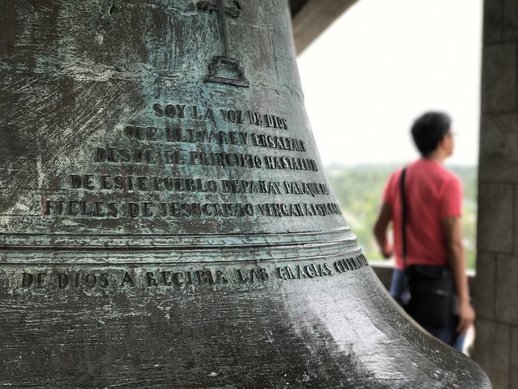

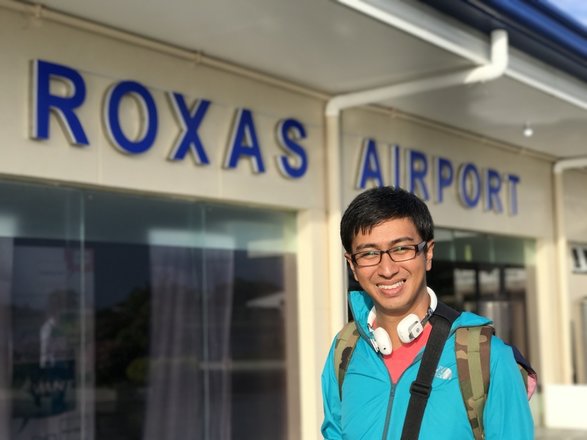
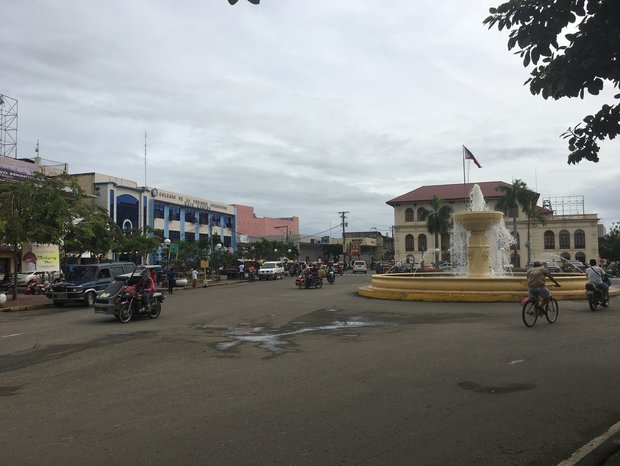
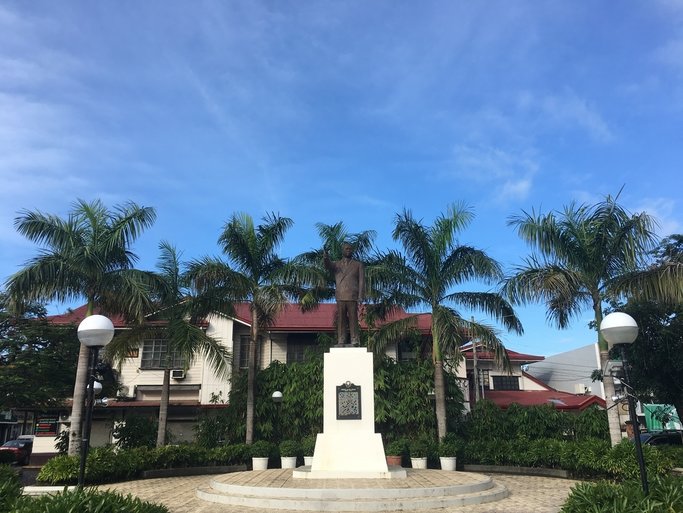
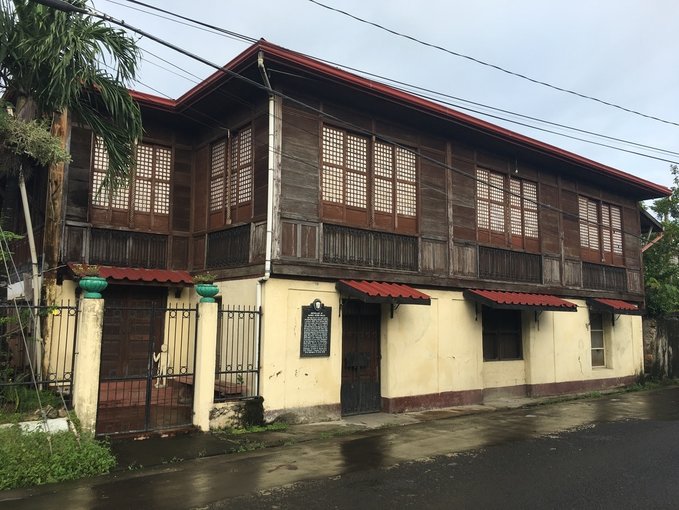
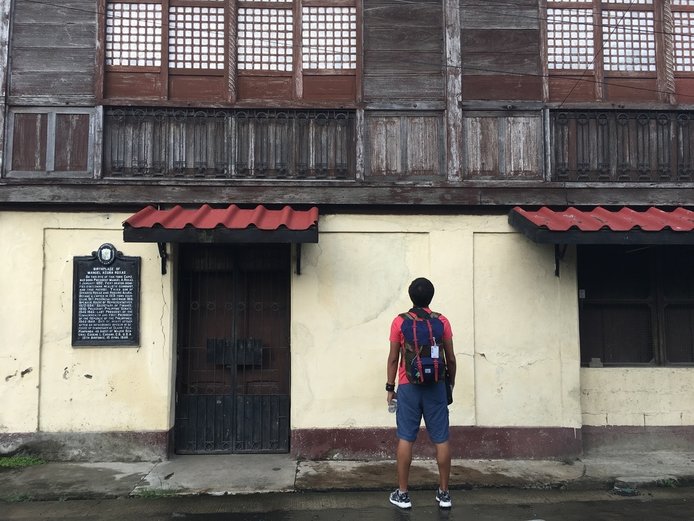
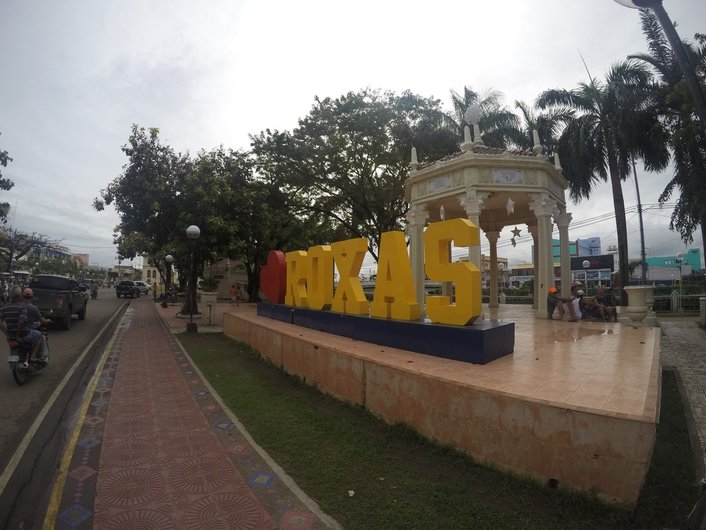
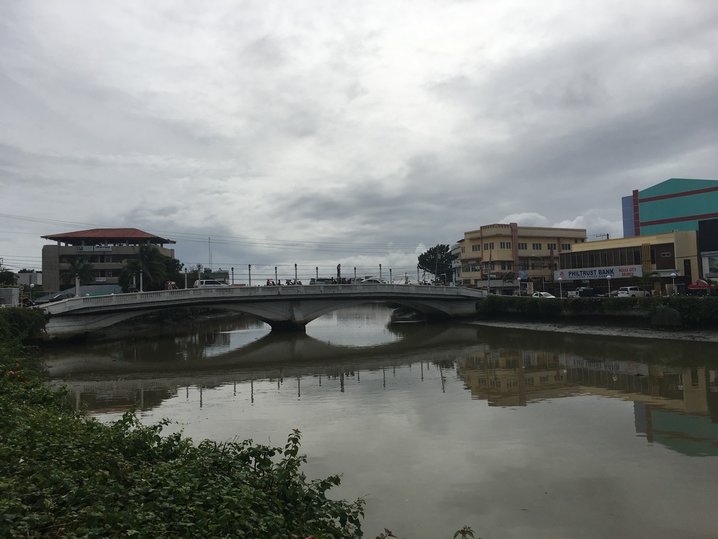
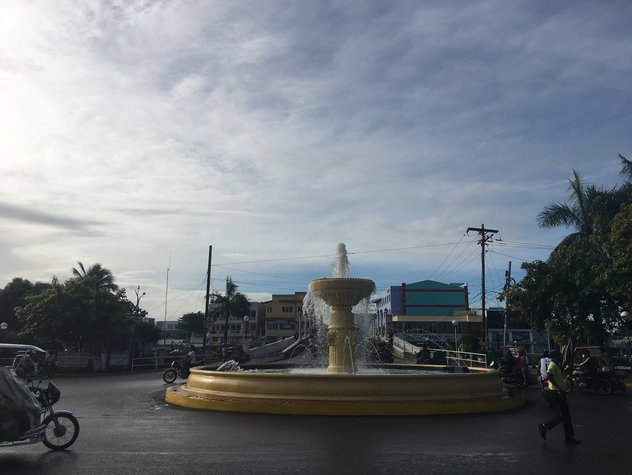
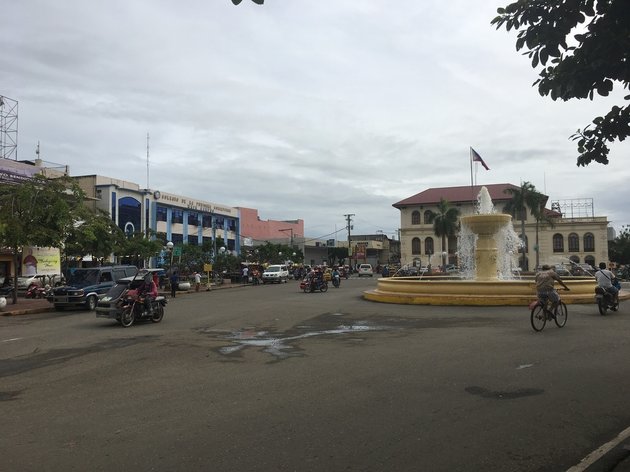
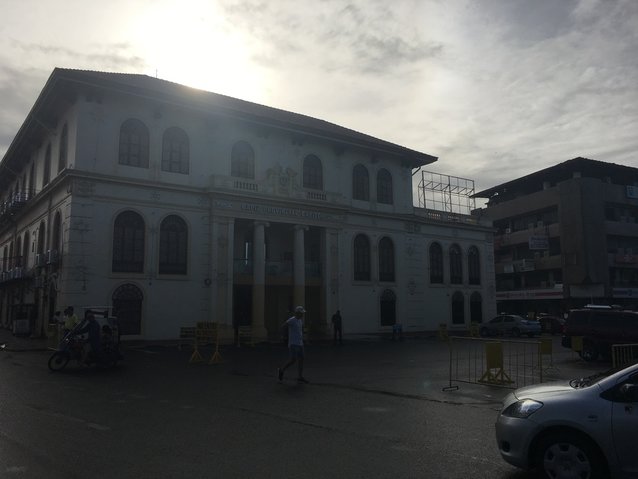
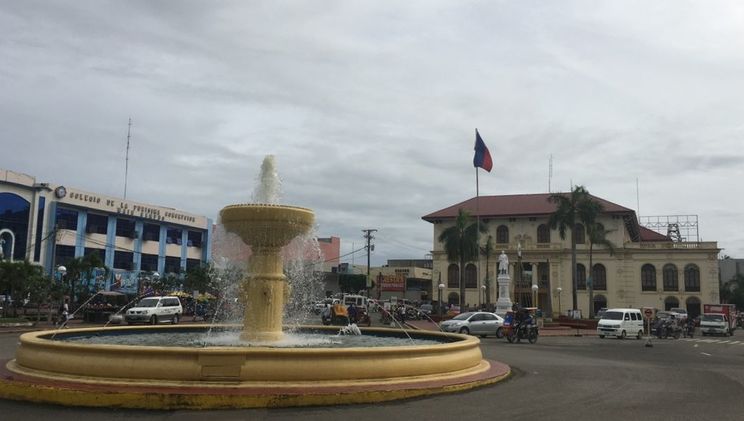
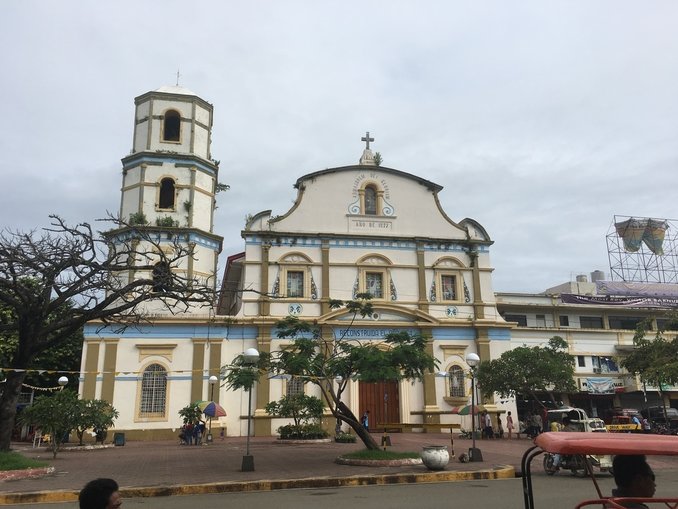
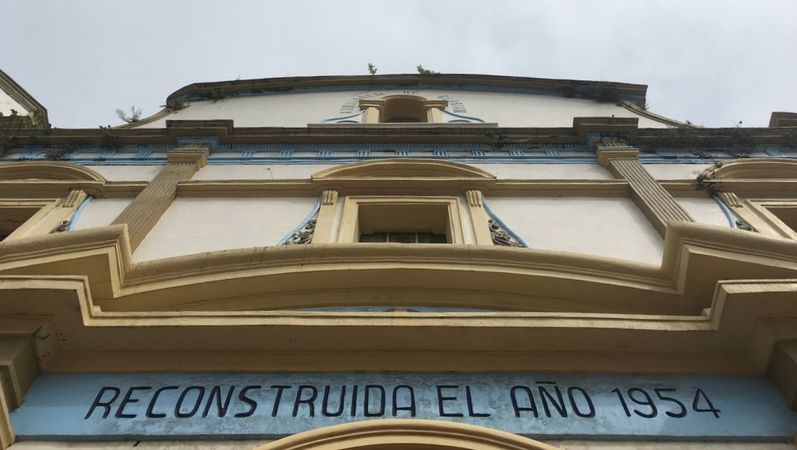
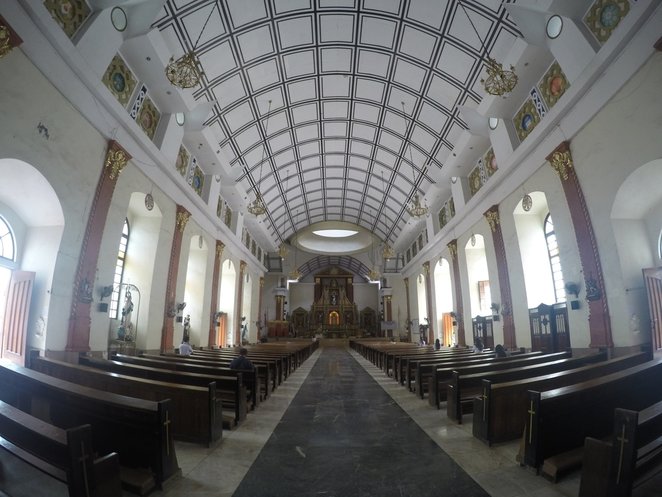
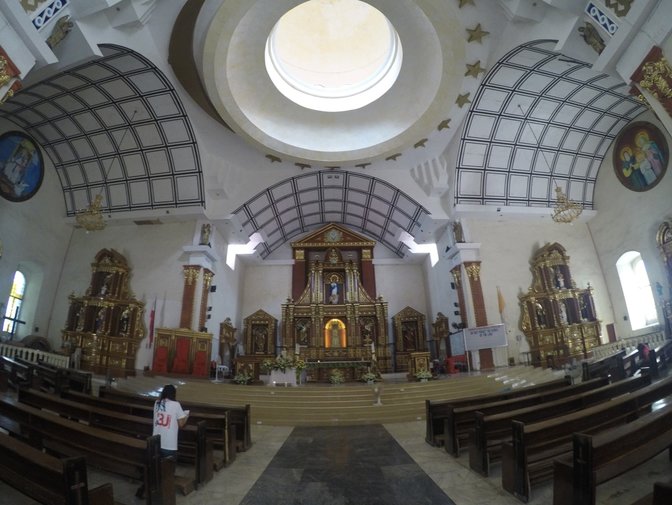

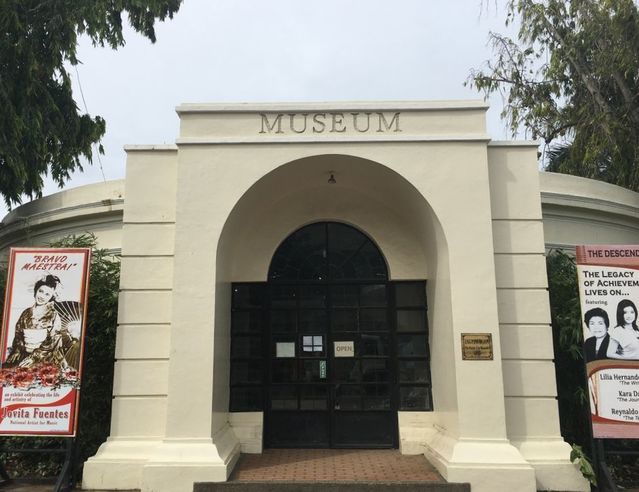
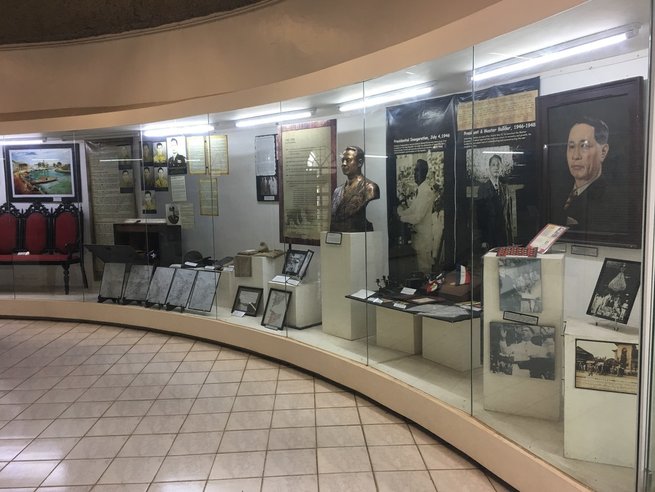
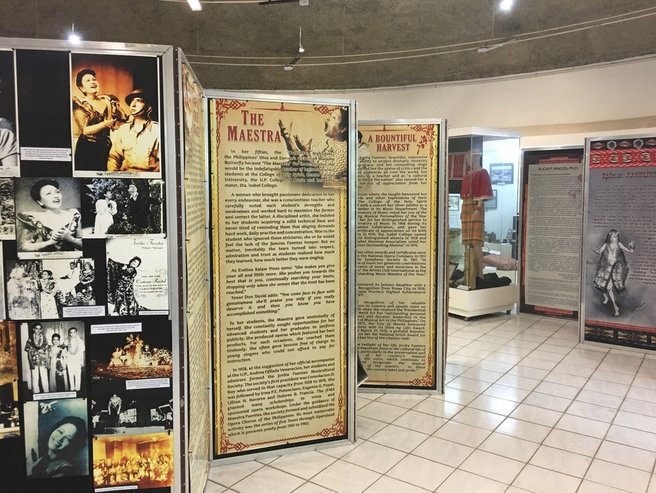
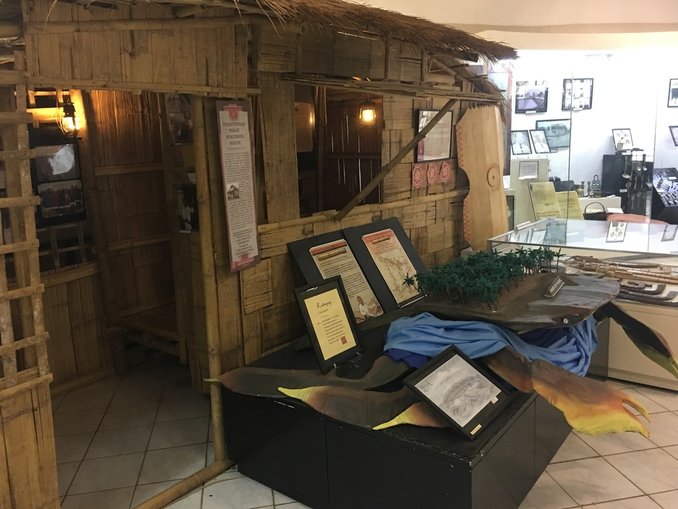
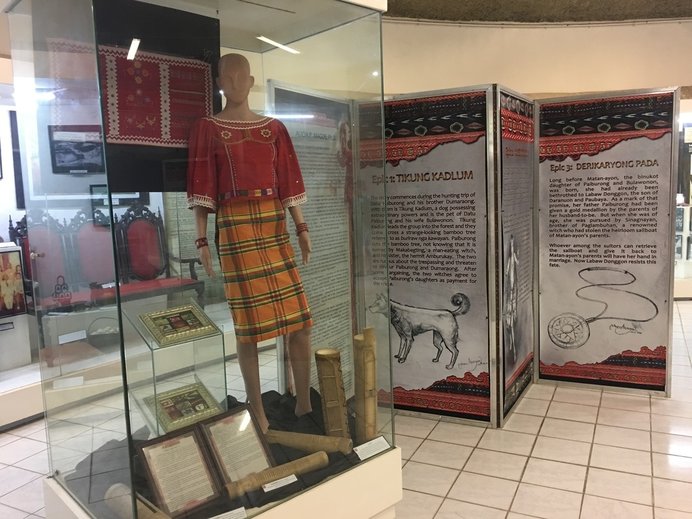
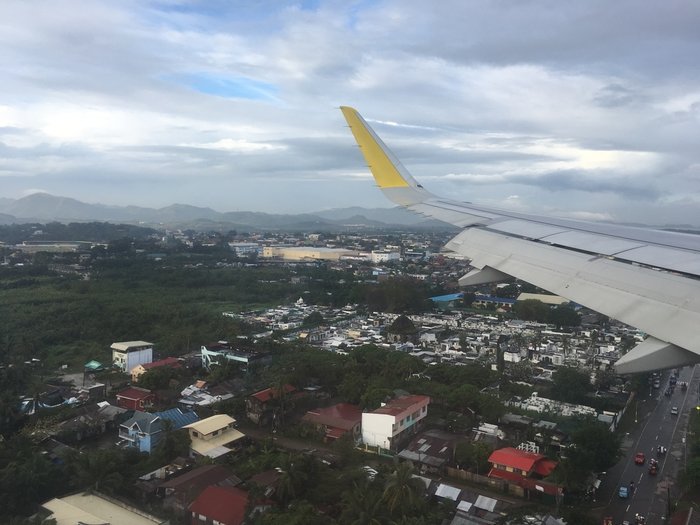
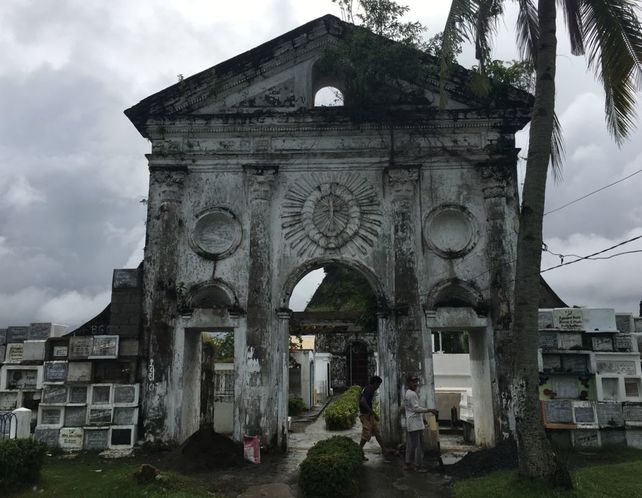
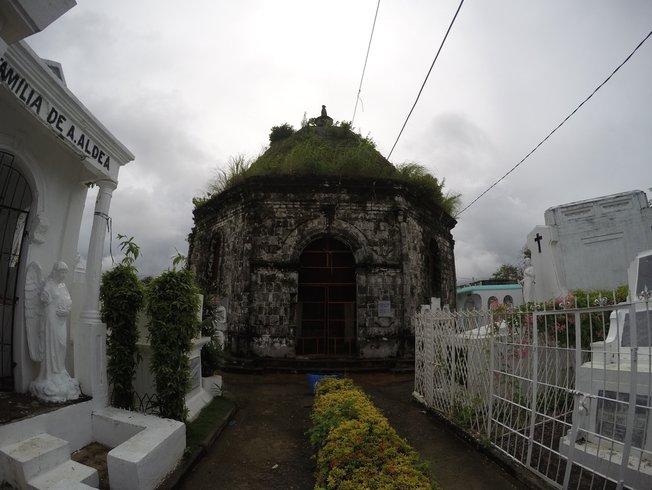
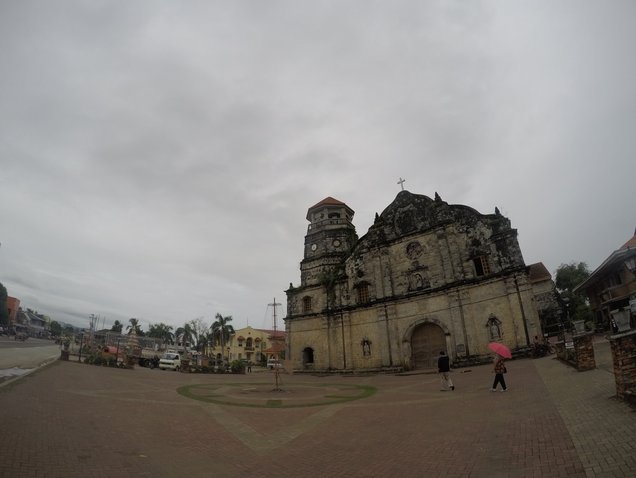
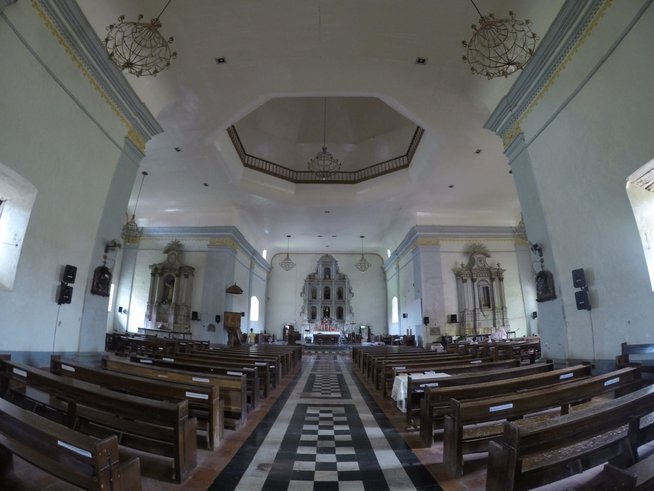
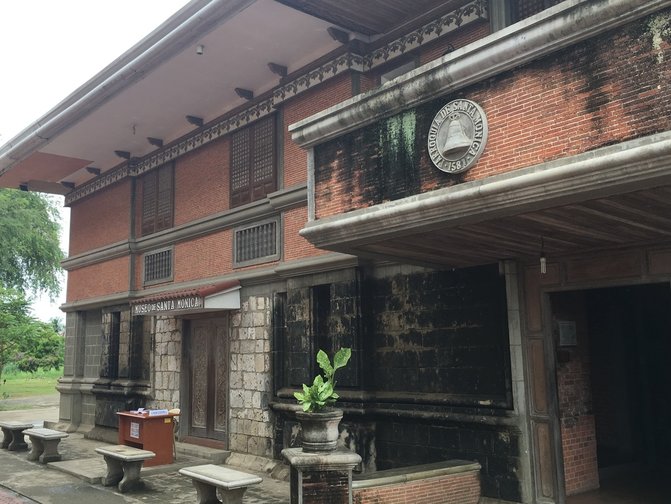
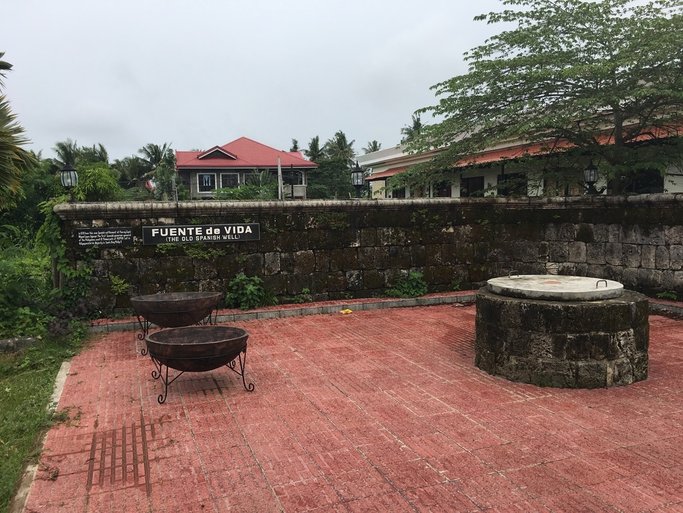
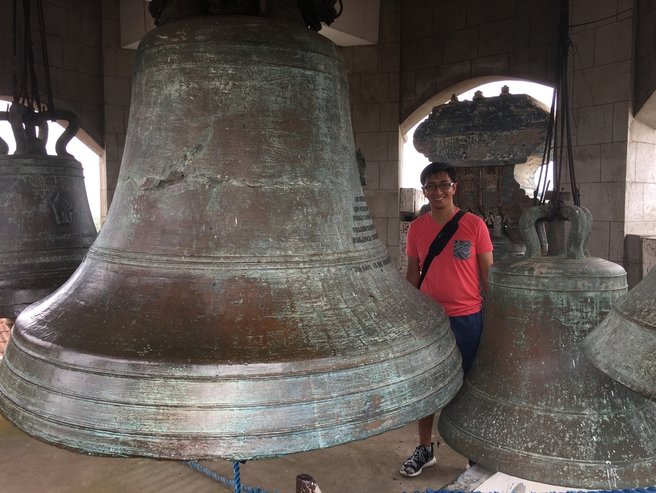
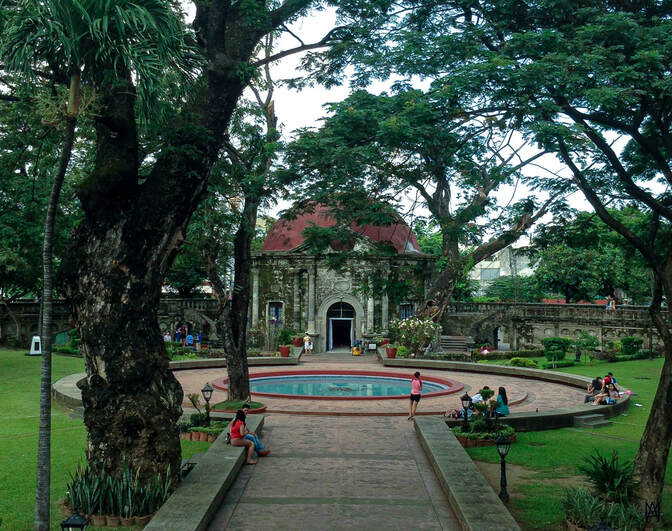
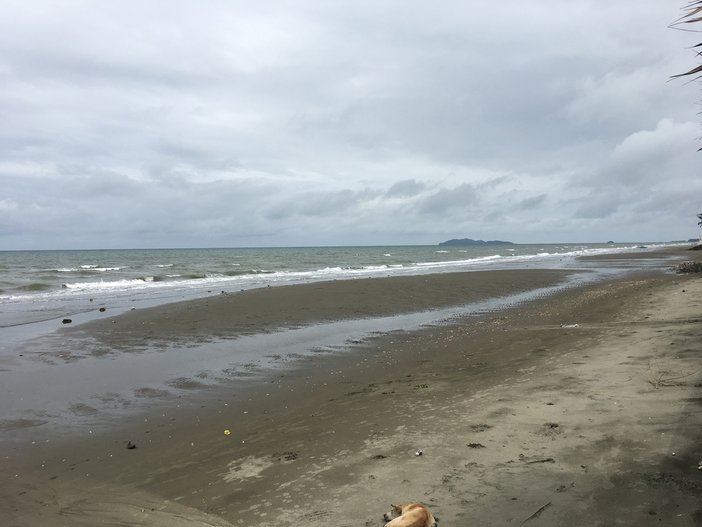
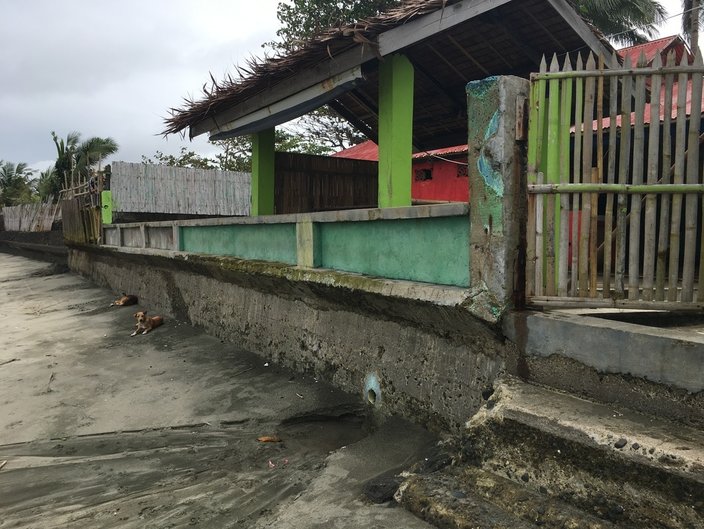
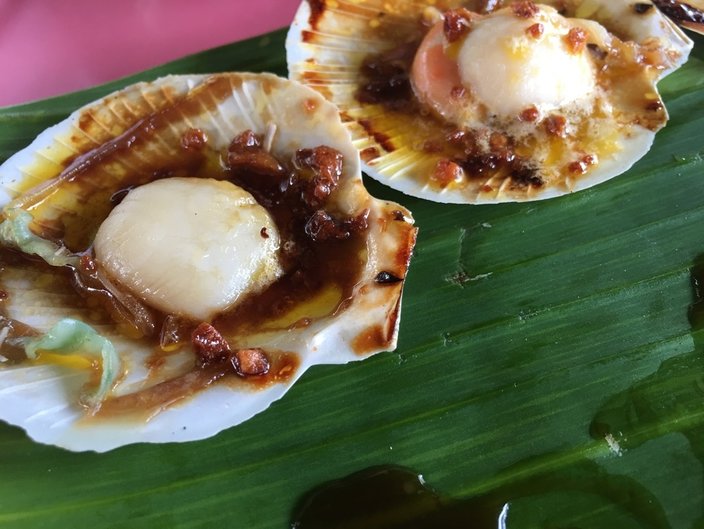


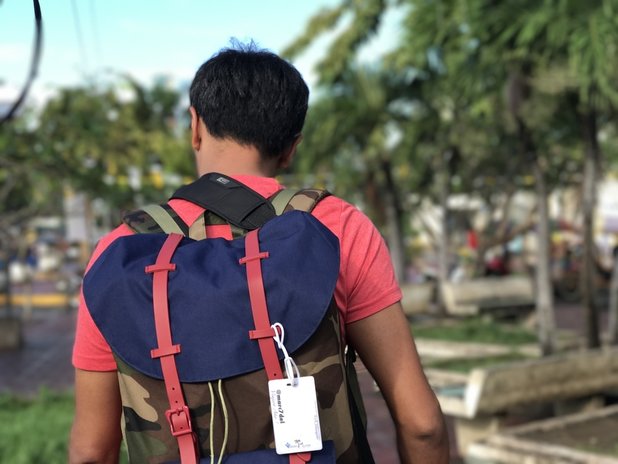
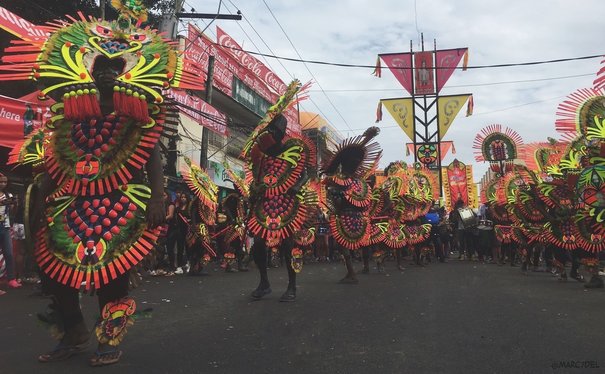

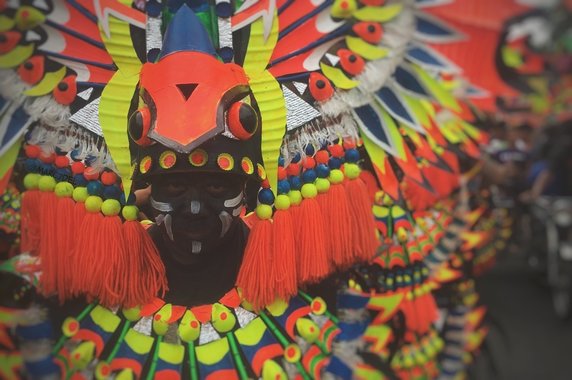
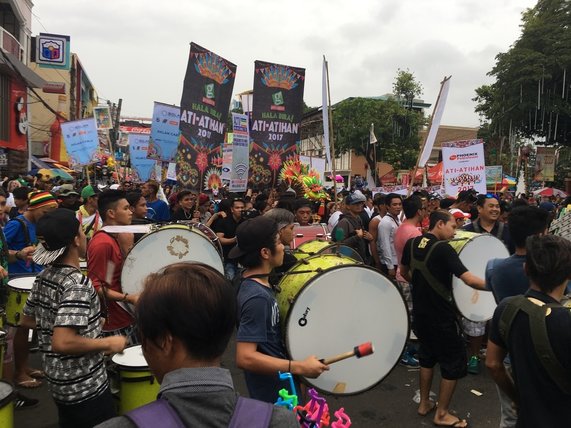

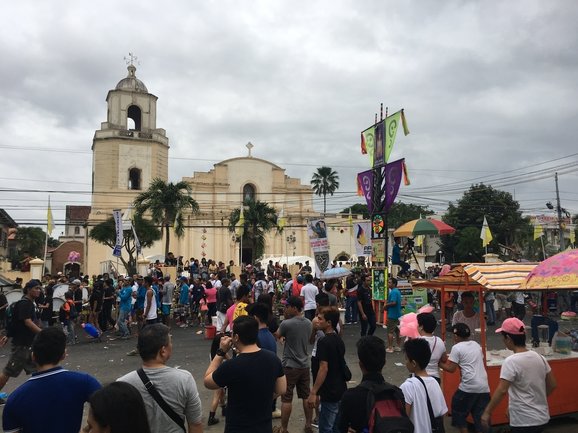
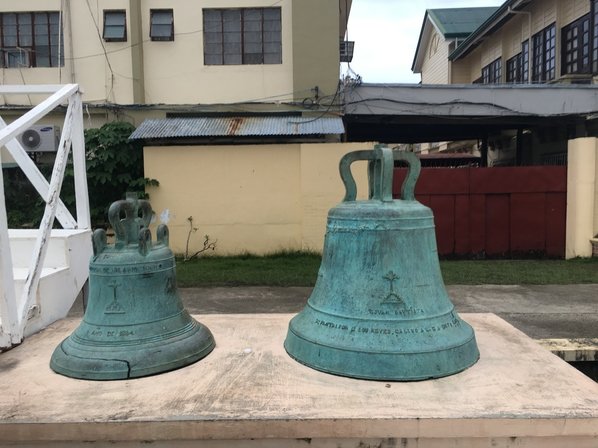
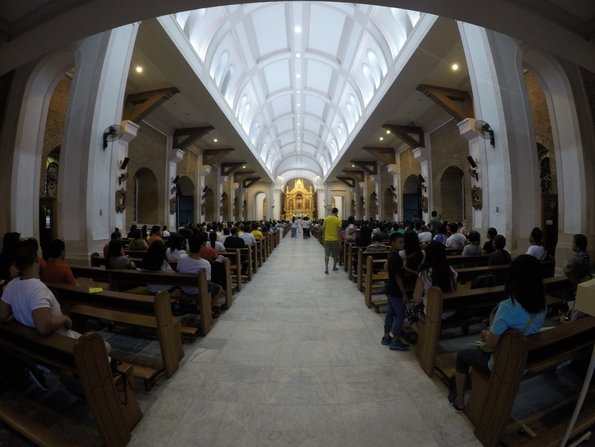
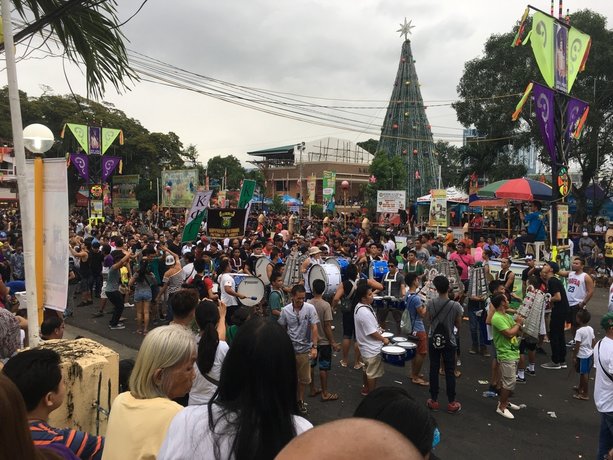
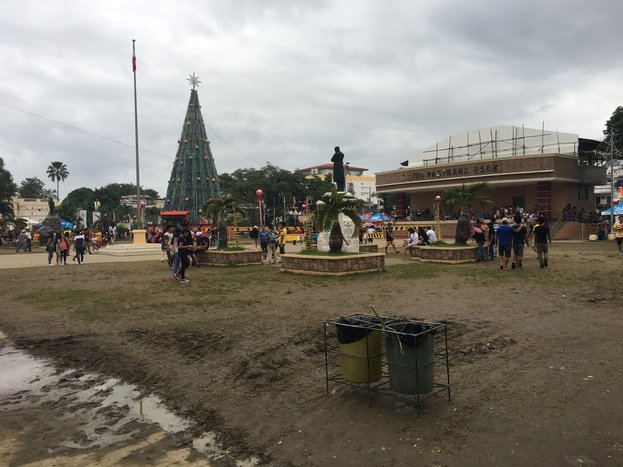
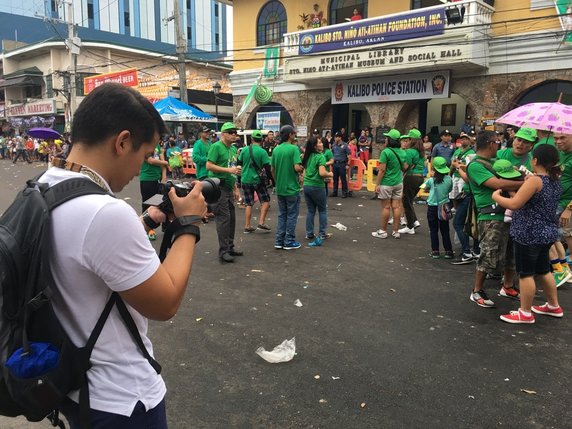
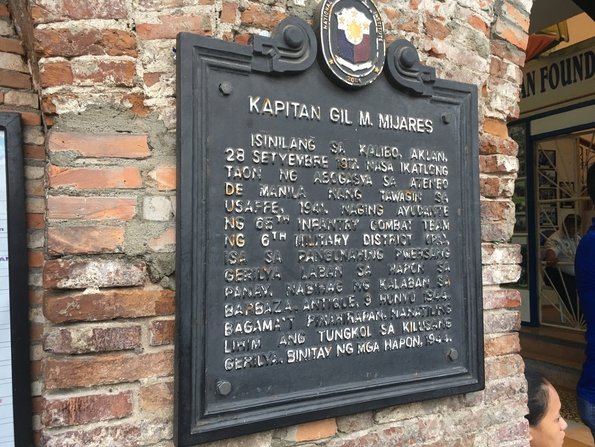
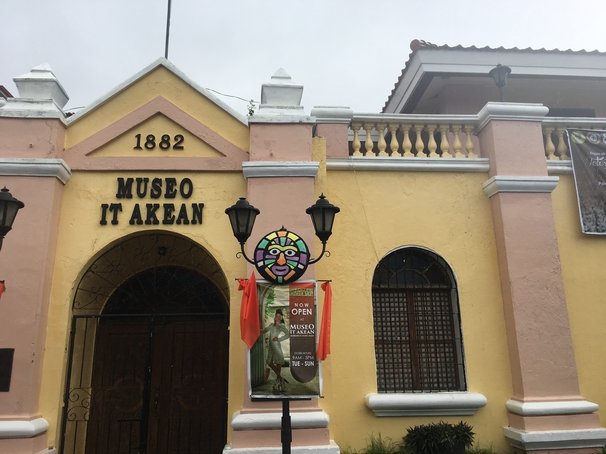
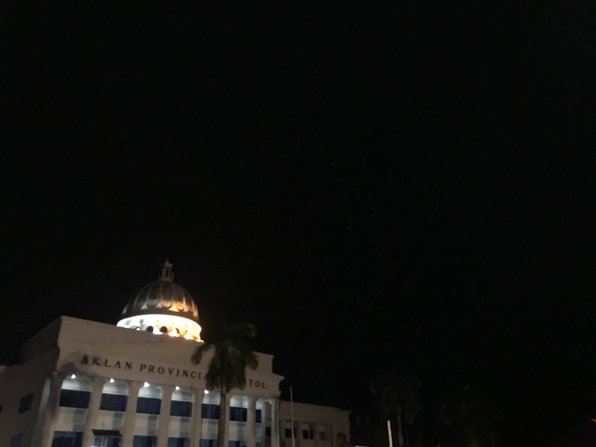
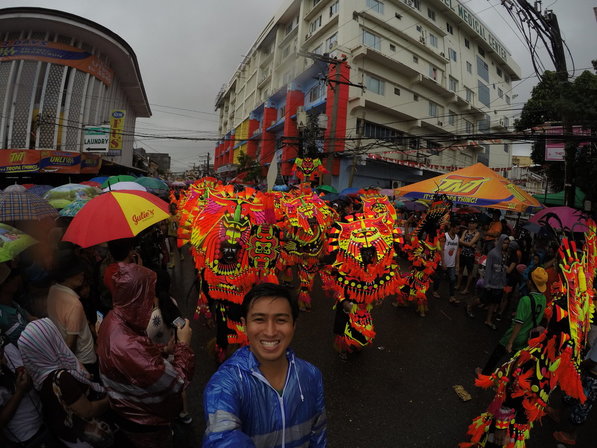
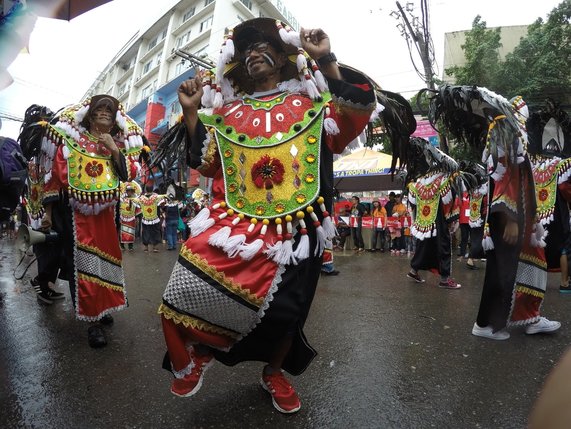
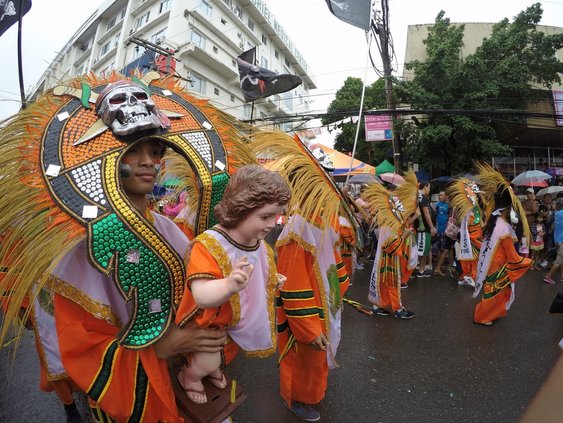
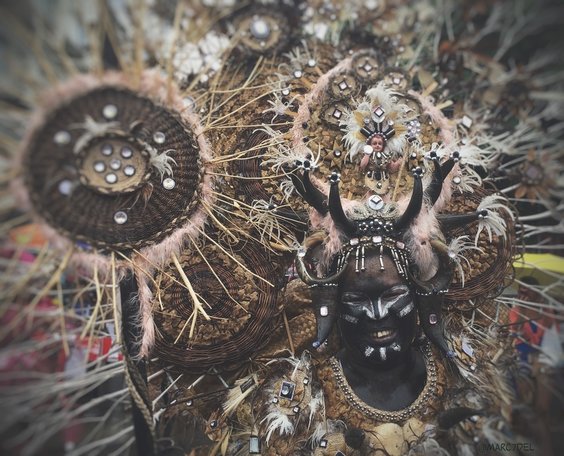
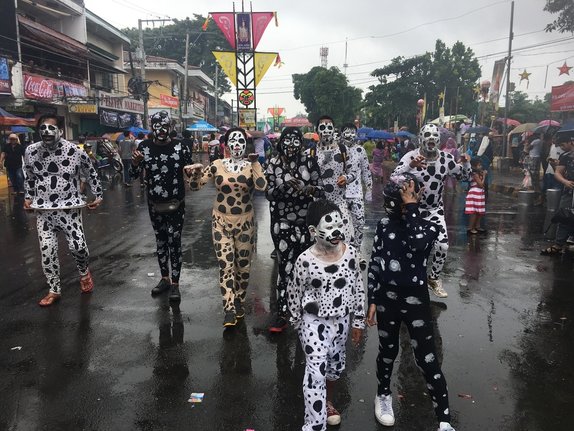
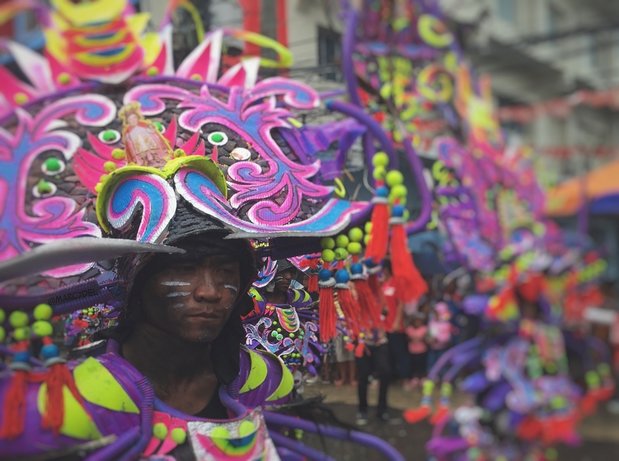
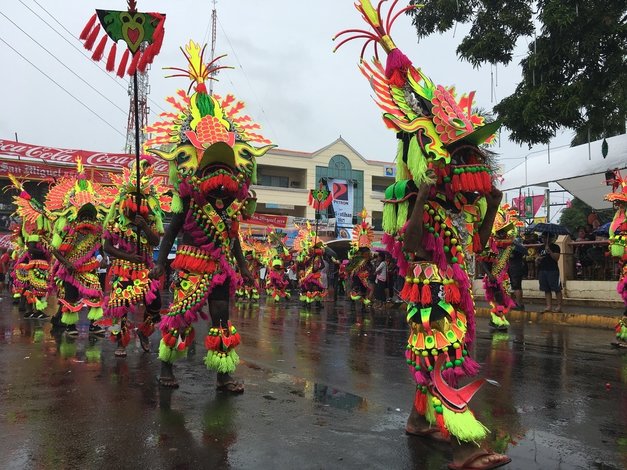



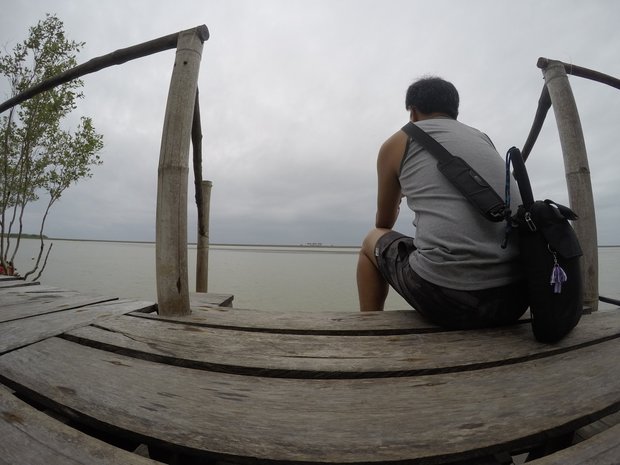
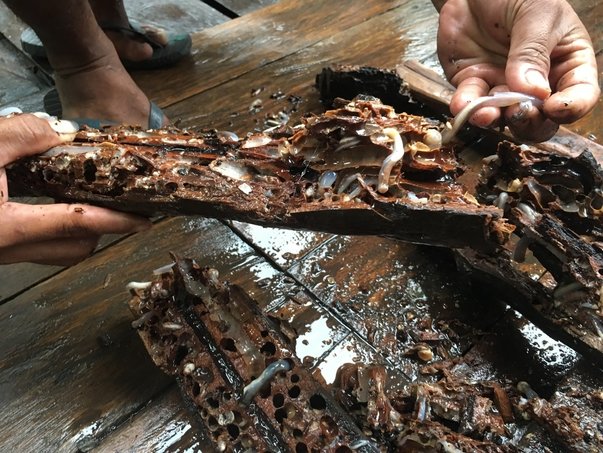

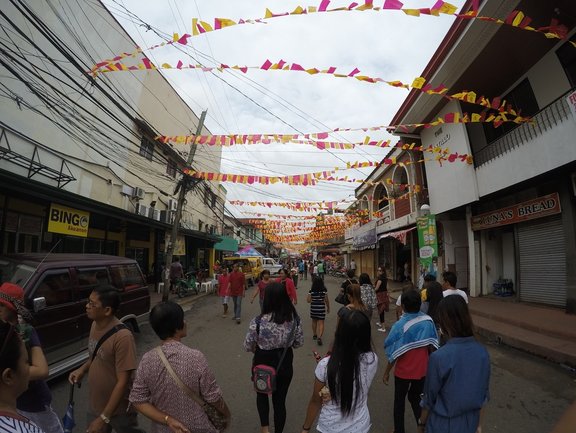

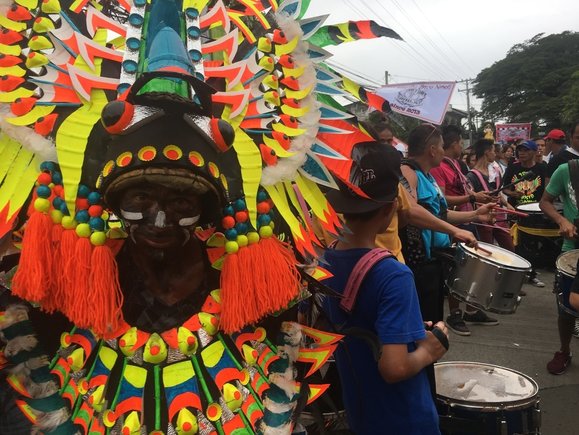
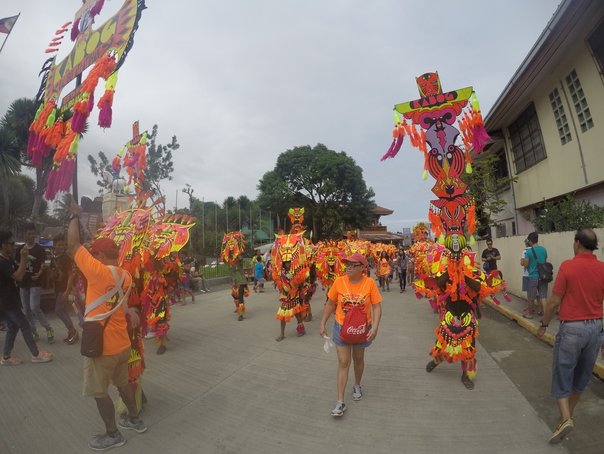
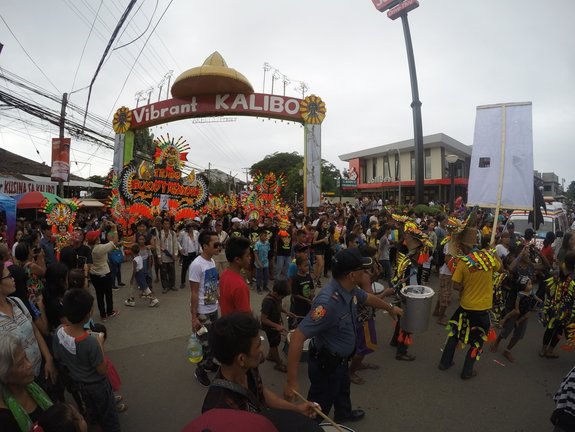
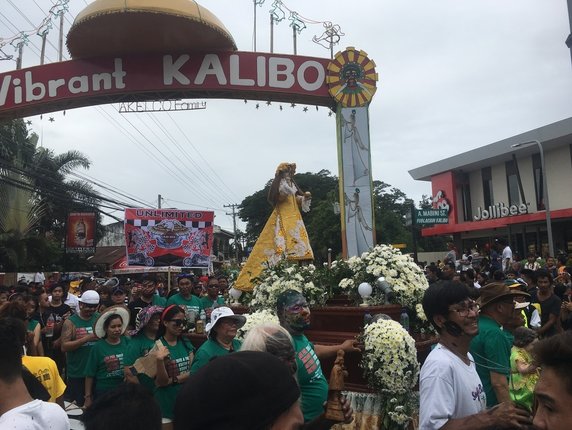
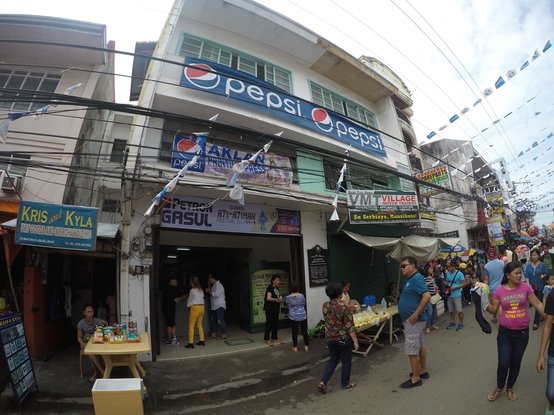

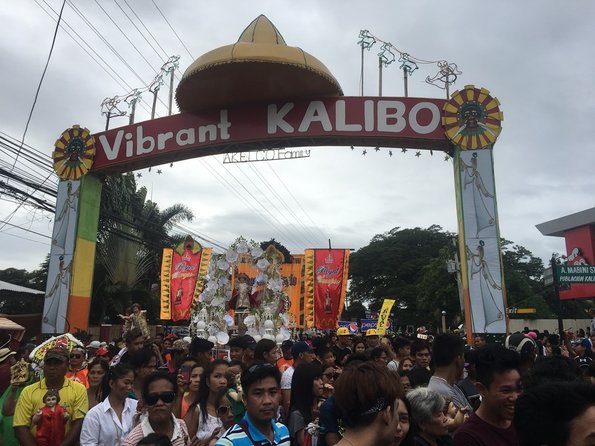
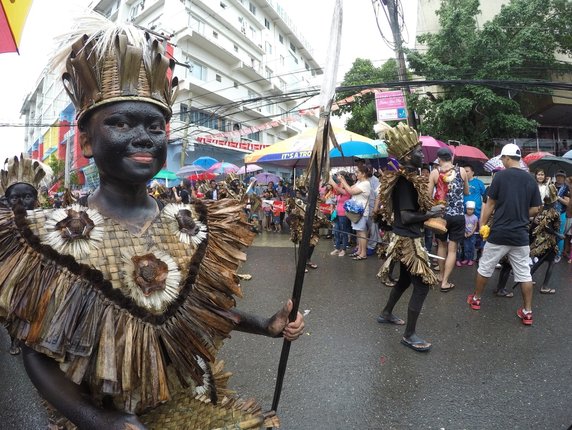








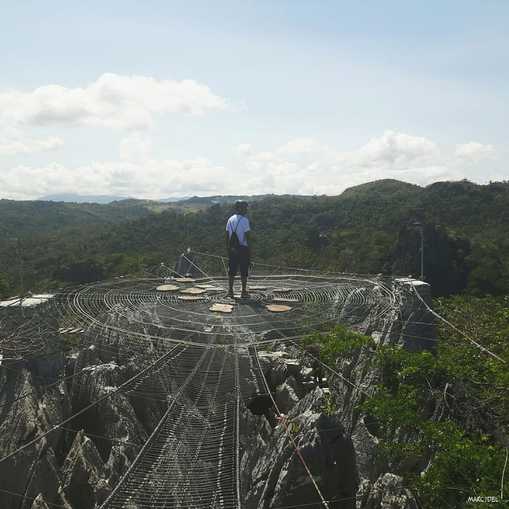


 RSS Feed
RSS Feed